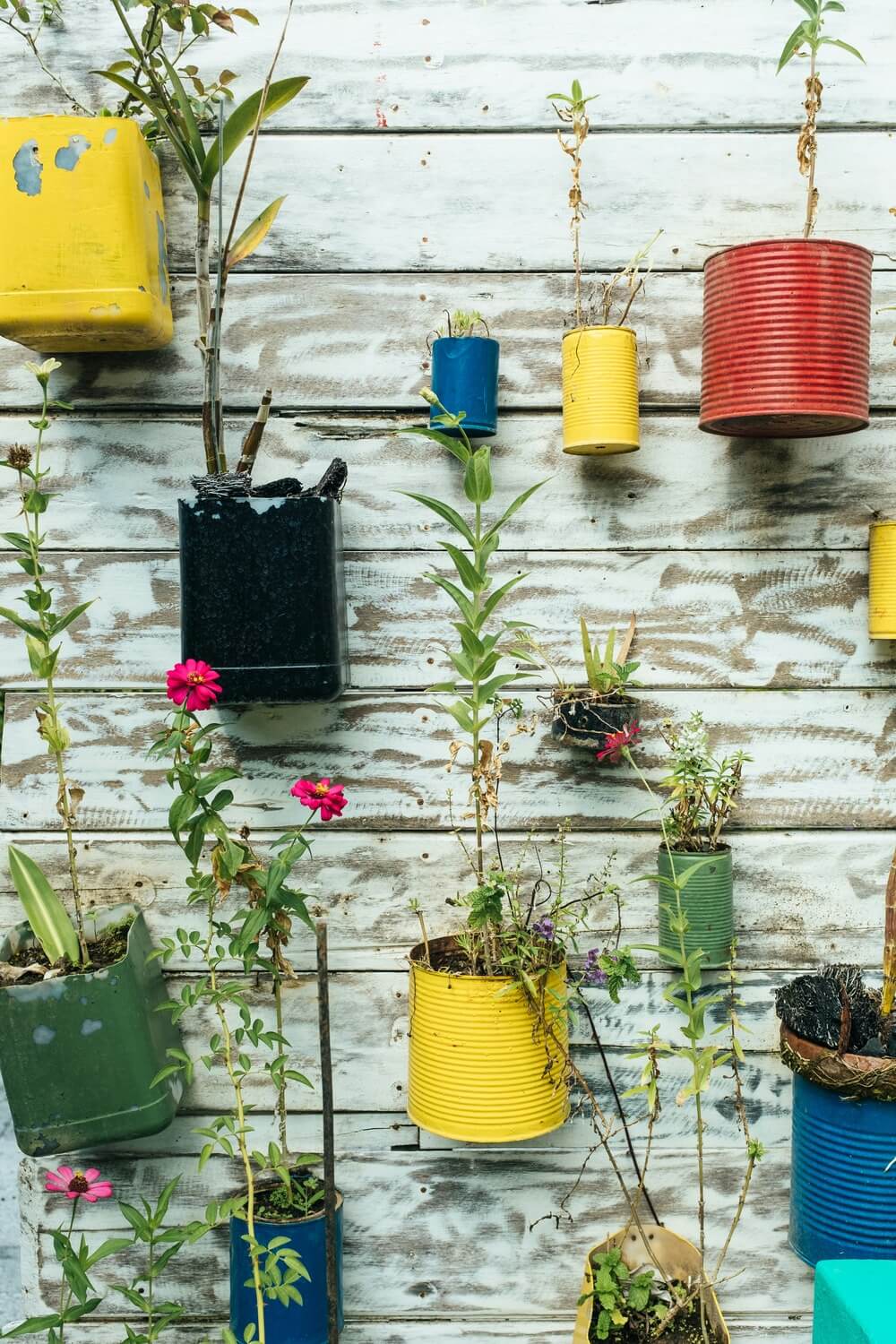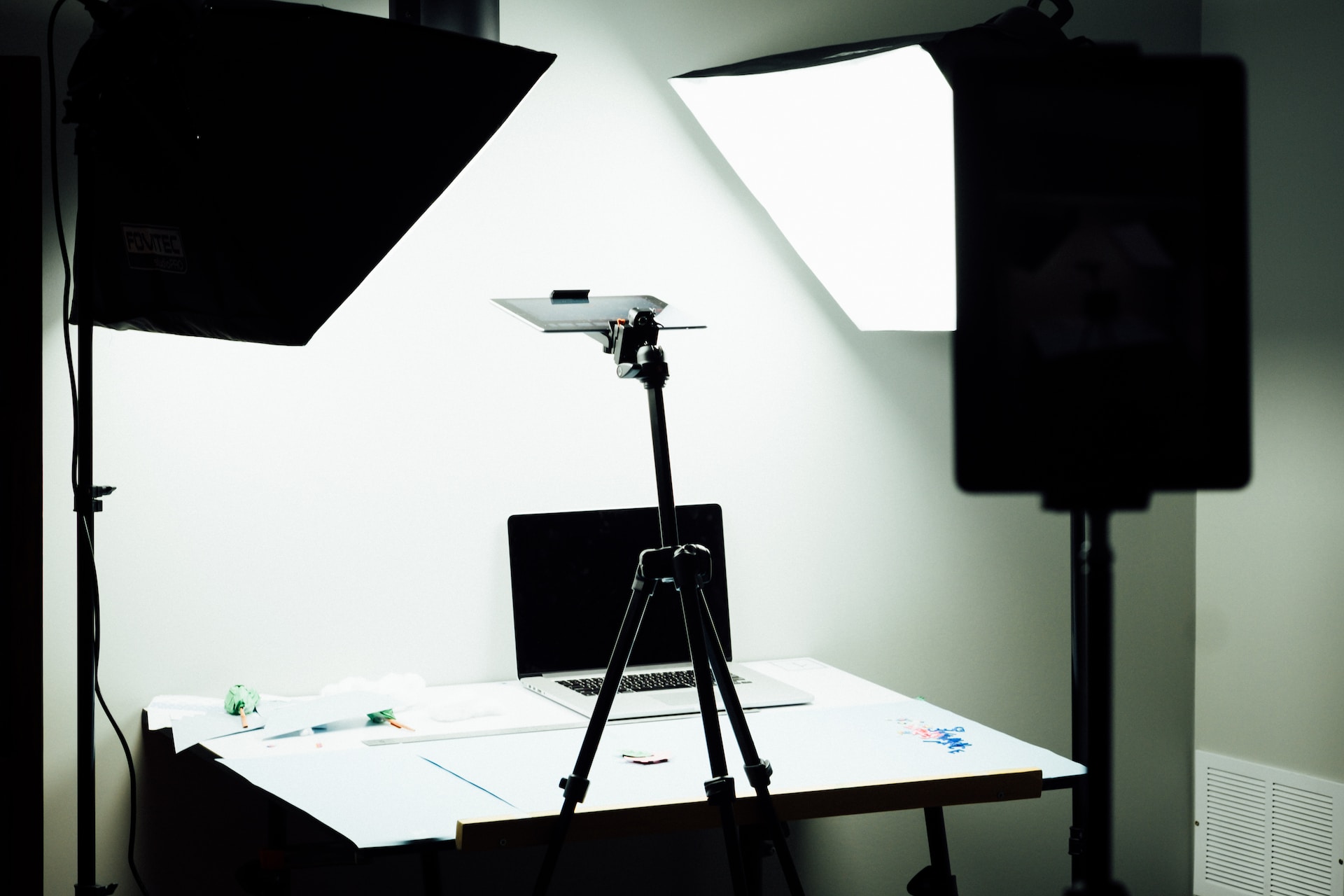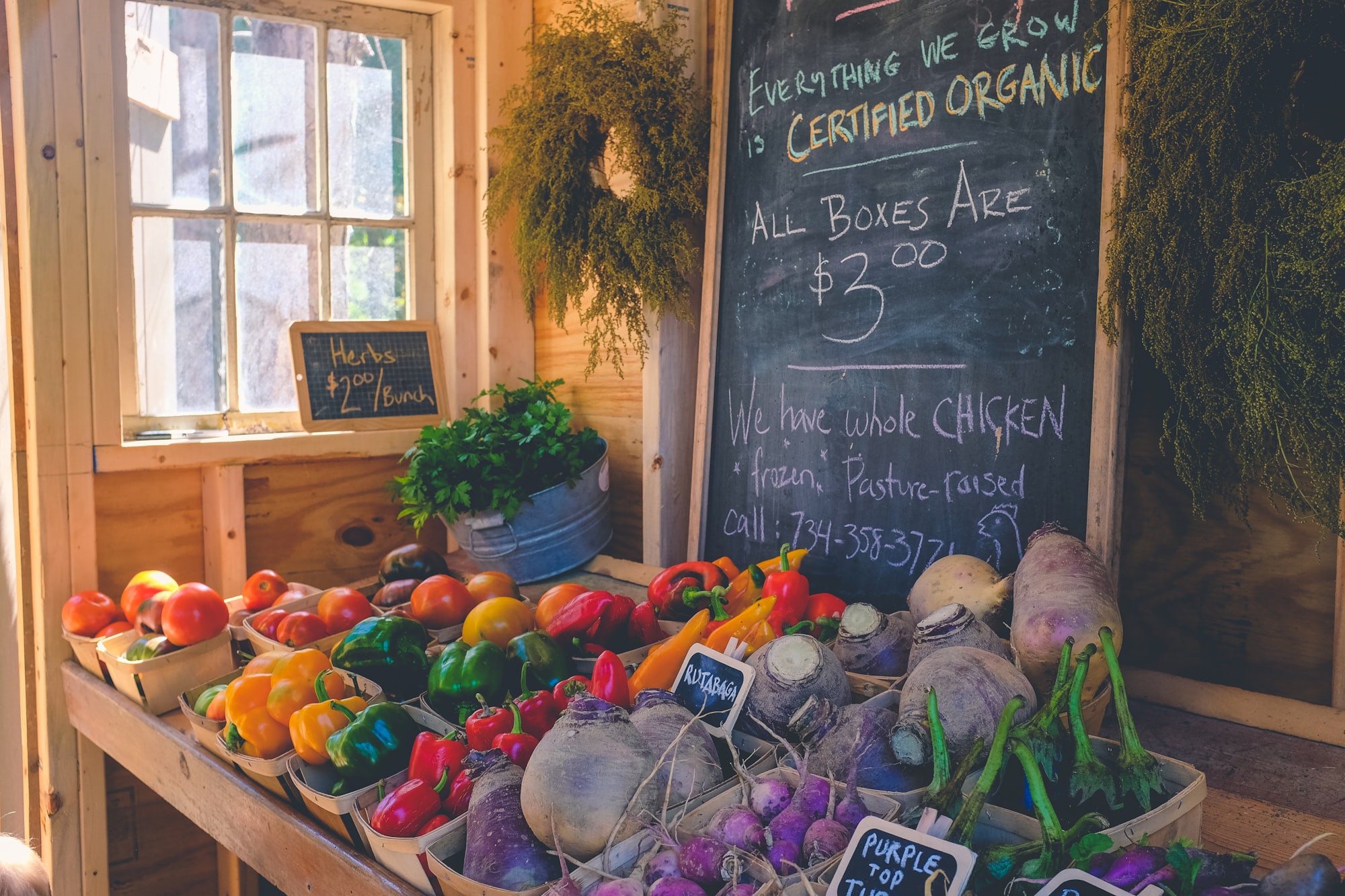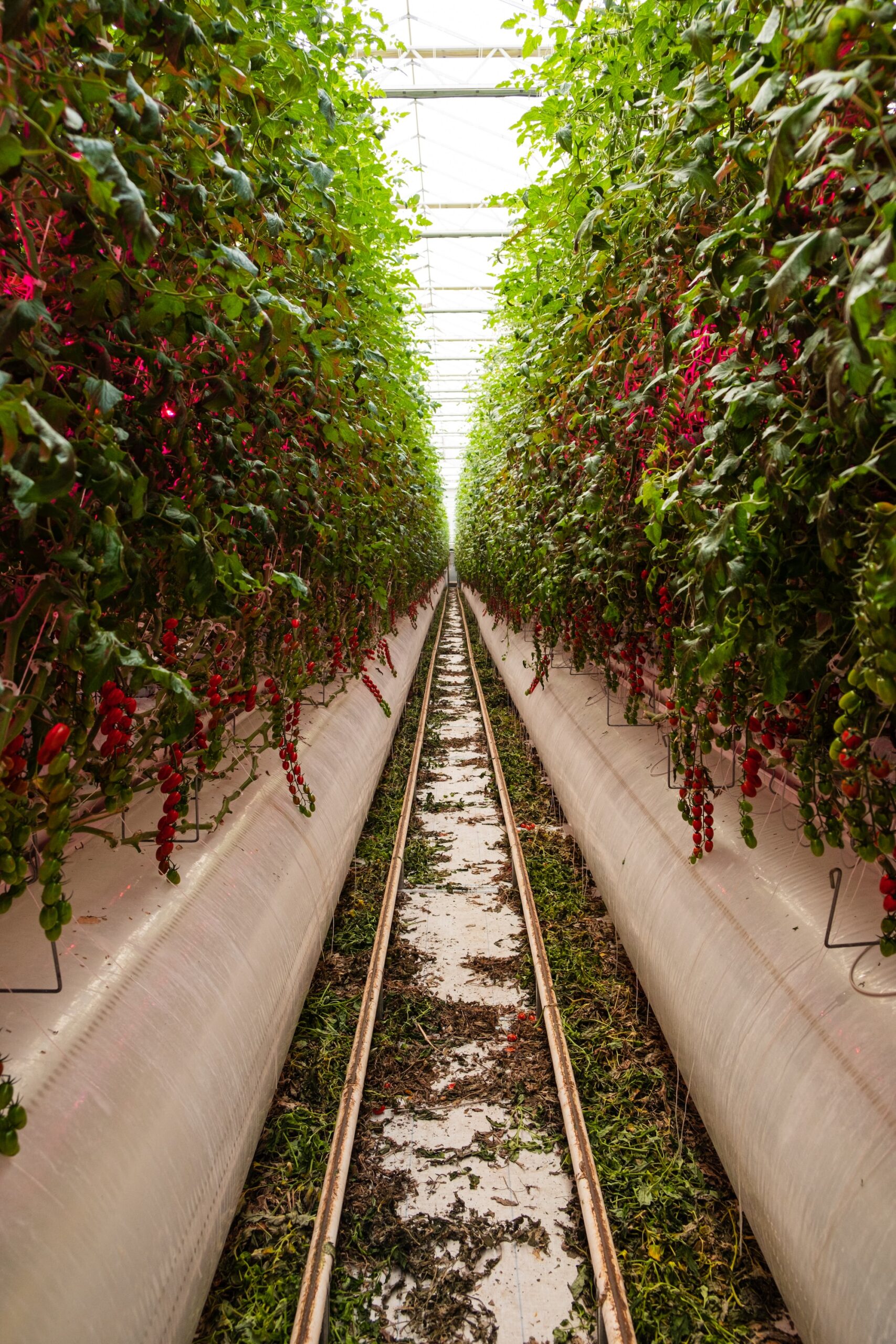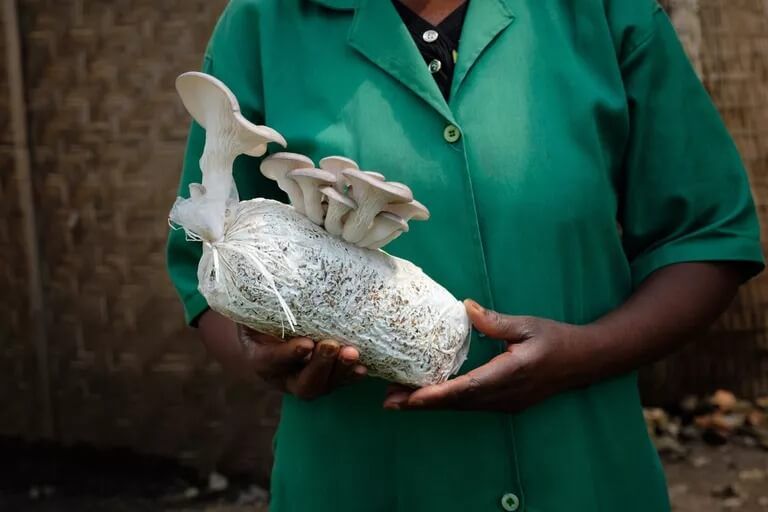
Many of us are interested in growing fruits, vegetables, and herbs in our gardens. But have you considered the possibility that you could grow mushrooms, too? Mushroom cultivation is often considered to be a more specialist pursuit. But if you are interested in growing your own food, you will find that it is easier than you may have imagined.
Like any type of gardening or food production, there is a lot to learn to become truly proficient. But even beginners should find it relatively easy to cultivate some mushrooms in their homes or gardens if they have a suitable damp and shady spot.
In this article, we won’t delve too deeply into the different mushrooms that you might be able to grow, nor into the details of how to grow them. But we will take a quick look at some mushroom-growing ideas, to inspire you to look into things further and determine how and where to embrace the cultivation of edible fungi in your garden.
Growing Mushrooms in Mulch
An easy and low-maintenance way to incorporate mushroom cultivation into your garden is to inoculate mulch around trees and shrubs. Inoculating mulch simply means adding mushroom spores or mycelium to the substrate that you spread on a woodland or forest floor, or around trees and shrubs in a damp and shady border.
There are many edible species of mushroom to consider; the specifics will depend on where you live. But you will need to make sure that you can identify these with certainty, as other mushrooms may also sometimes emerge.
Mushroom Logs
Certain edible mushrooms are grown on logs, which have been drilled and inoculated with the right varieties.
These logs can be incorporated into garden landscaping—used to create supporting walls, bed edging, or terracing, perhaps, in a suitably damp and shady spot.
They can also be set into a dedicated mushroom bed or stacked somewhere out of sight—behind a garden shed or in a darker corner of your outdoor space.
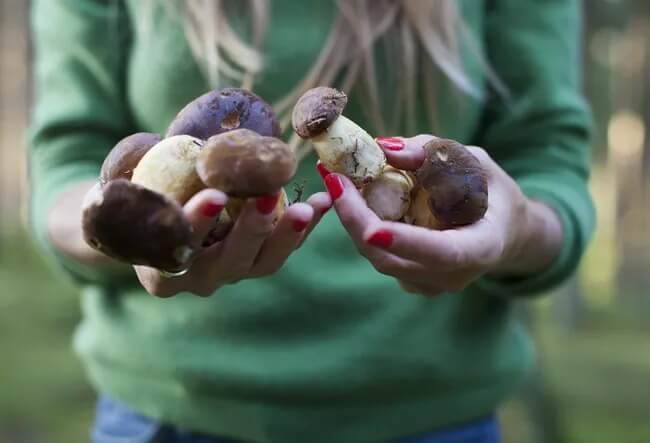
Mushroom Growing Inside Your Home
Mushrooms can be cultivated under cover, in sterile environments which ensure no other species of fungi grow. This is something that you can do on a range of scales.
In small spaces inside your home, you might consider growing from mushroom kits. There are plenty of kits to choose from for those who are new to the idea.
You can also take a DIY approach and grow in small buckets or other containers, or in small trays filled with a suitable substrate. As long as you maintain humidity and provide the right conditions, you should be able to grow mushrooms successfully, even if you don’t have a garden at all.
Growing in a Garden Shed or Other Building
If you have more space, you might consider turning over a shed to mushroom cultivation, or creating a shade tunnel or other dedicated structure for mushroom cultivation.
Any garden structure could potentially be customized to create the perfect environment to grow certain mushroom varieties safely and with relative ease.
Structures can be kitted out with small-scale containers in which mushrooms are grown, hold trays of substrate on staging, or serve as a place to keep mushroom logs.
Mushroom-Growing Under a Porch, Deck, or Other Feature
Another idea involves making use of potentially wasted space below a raised porch or decked area, for example. These shady spots can be spread with a suitable mulch or used to store containers for mushroom-growing. You might consider creating a trapdoor in the decking or porch to enable you to access your harvest.
Kids’ trampolines and other equipment also lead to wasted space below—and these spaces, too, could potentially be used to grow edible mushrooms for your family (as long as they’re not at risk of getting squished by jumping children!).
There is a lot to learn about which mushrooms you can grow and eat in your area, and how exactly to do so. But the above ideas might inspire you to think about how you could include fungi in your garden plans and make them a part of your homegrown diet.

